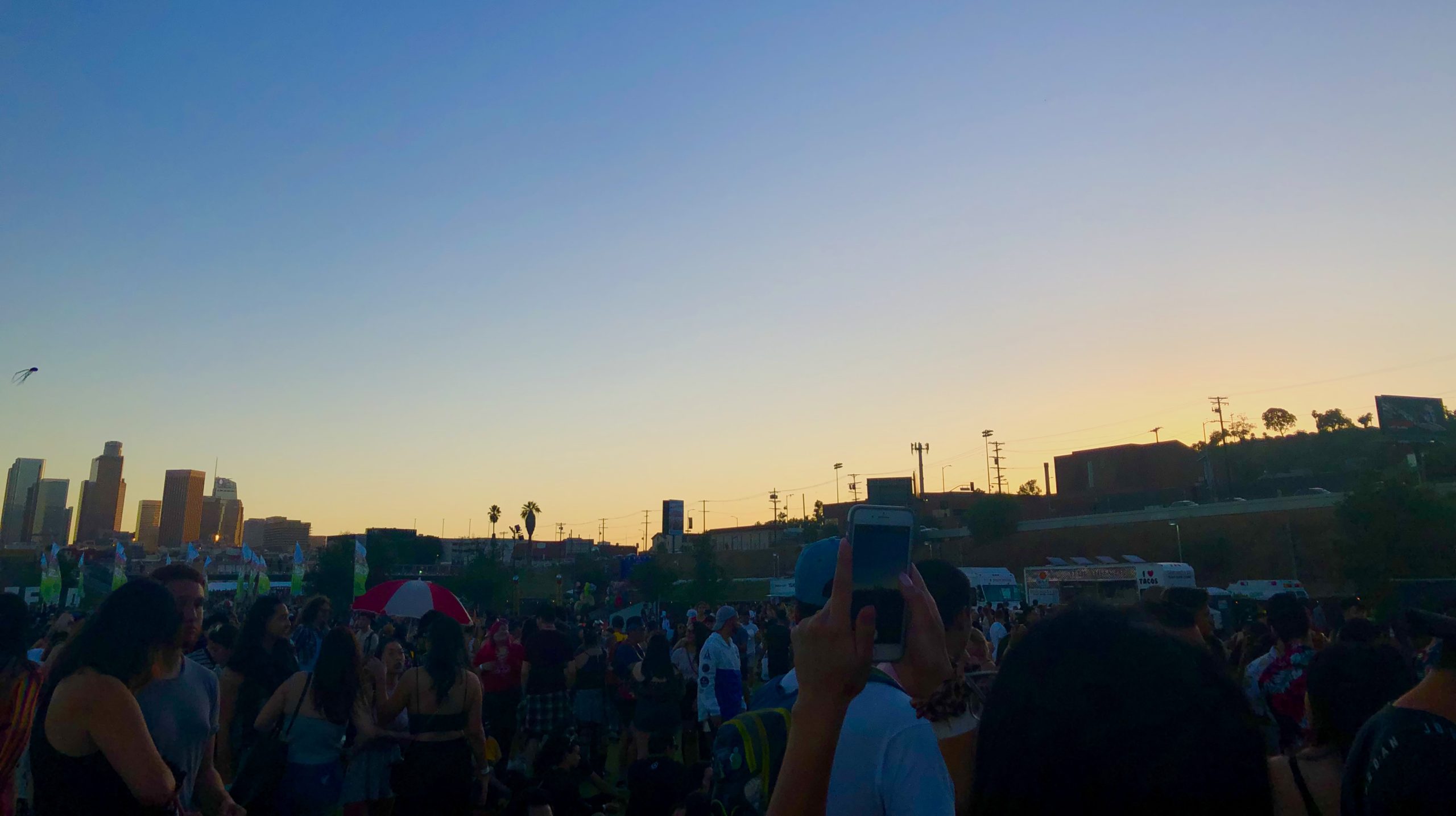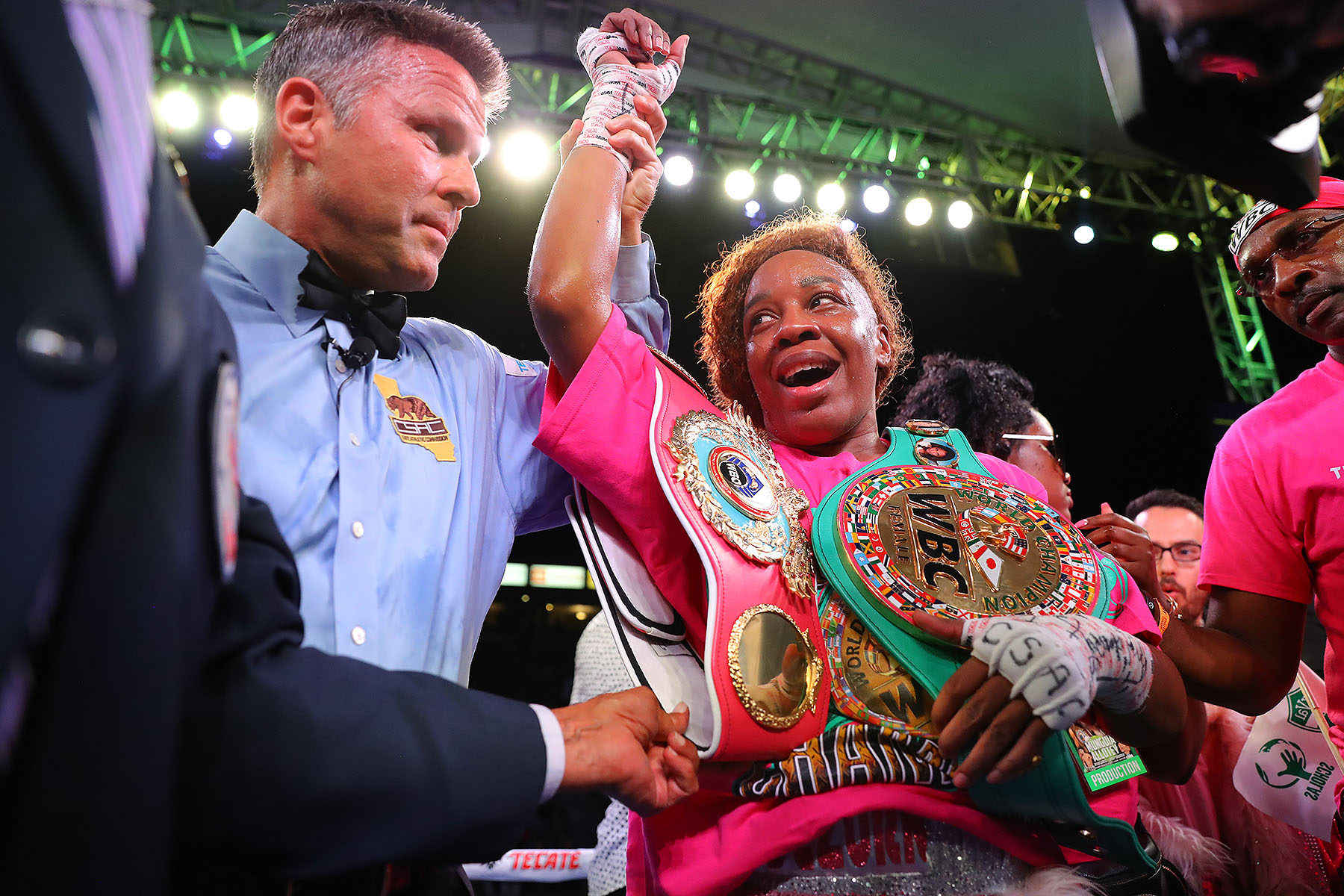
Andres “Andy” Alvarado laid back on the couch staring straight ahead trying to relax from a long day of work and school.
He gets up every morning at 4 a.m. to get ready for a workday that starts at 5 a.m. in Vernon. The day stretches on as he works his 8 hour shift. Then he goes to school for classes that don’t finish until 9 p.m. At the end of the day, Andy gets little sleep, even on the weekend.
How he manages is somewhat of a mystery. Maybe the greatest motivation is necessity.
“I don’t have my parents here so I need to work for myself and earn the money to pay my rent,” Andy explains.
He’s no stranger to resilience during hardship. After living in the U.S., Mexico, and the U.S. again, Andy went straight into the workforce, working for six years before finally gaining the opportunity to pursue a career and get his degree in animation. At 20 years old, Andy didn’t have many resources other people might have had at that age.
Currently, he lives with relatives in Compton, but not the kind that let him stay for free and somehow managed to tie him to family responsibilities on top of keeping a job, going to school part-time and socializing.
There are other people with stories similar to Andy’s, but everyone has a different reason for working while they are in school. It doesn’t mean any reason is less of a struggle.
According to a study conducted by the National Center for Education Statistics, many undergraduate students ages 16 to 64 are working students. I would say this particular experience as a working student today is unique for generations after the millennials (Gen Z and Gen Alpha).
We could start with the fact that we live in a different America than it was “back in the day.”
Today there are a diverse set of people and backgrounds that tell a different story. Another thing to consider is it’s the era of technology and innovation. Finding a job isn’t as clear cut as it used to be. In the past the focus was on production and manufacturing. Since this time, most of those jobs have gone overseas and the focus has shifted to other fields such as tech and home health aid.
And, the world has gotten more competitive, you have to think further ahead forcing you to grow up at a much younger age. However, it is a little easier with resources and money. You’re expected to have years of experience when you apply to a job. It seems that the degree is the new unspoken requirement to distinguish you from the rest.
The reality used to be: at least finish high school , then get into the workforce and work until retirement with your retirement funds, but we’ve gotten to the point where your high school diploma doesn’t cut it. A college degree has become a necessity to make ends meet. The new reality has become: finish high school, go to college, choose a major you can get a job in and minor in what you’re passionate about and figure things out from there. But at what cost? While college is a great resource, it’s a costly one in terms of time and money.
According to Top Universities, the average cost of college in the U.S. today can go as high as $17,930 (for community college), $25,890 (for in-state students at a four-year public college) and $52,500 (for private non-profit four-year college).
For Abigail Del Mundo, 21, she chose the route of college after high school. She decided on community college to public university and has been paying her way through since she didn’t qualify for financial aid during her time in community college. Even now, that doesn’t cover all of her expenses for school and bills. Unlike Andy, Abigail lives with her mom and has her as a resource.
“If I didn’t work, I wouldn’t be able to pay for school, my car, or go out with my friends,” Abigail says.
Abigail also admits, while she can ask for help from her mom she chooses not to so she isn’t financially dependent. Her mom is a single parent and played both roles of mom and dad as she grew up, taking on two full-time jobs to take care of the both of them.
Right after high school, Abigail prioritized school, but managed to split her time working two part-time jobs which were thankfully flexible to her schedule.
If Andy and Abigail spend more time working at their jobs and some time in school, when do they have the time to figure out where they wanted to go with life? They’re expected to have their lives together at this age, because other generations did. It isn’t enough to have a direction of interest.
Being Gen Z highlights the struggle of a wave of working students whoe are the future of America.






